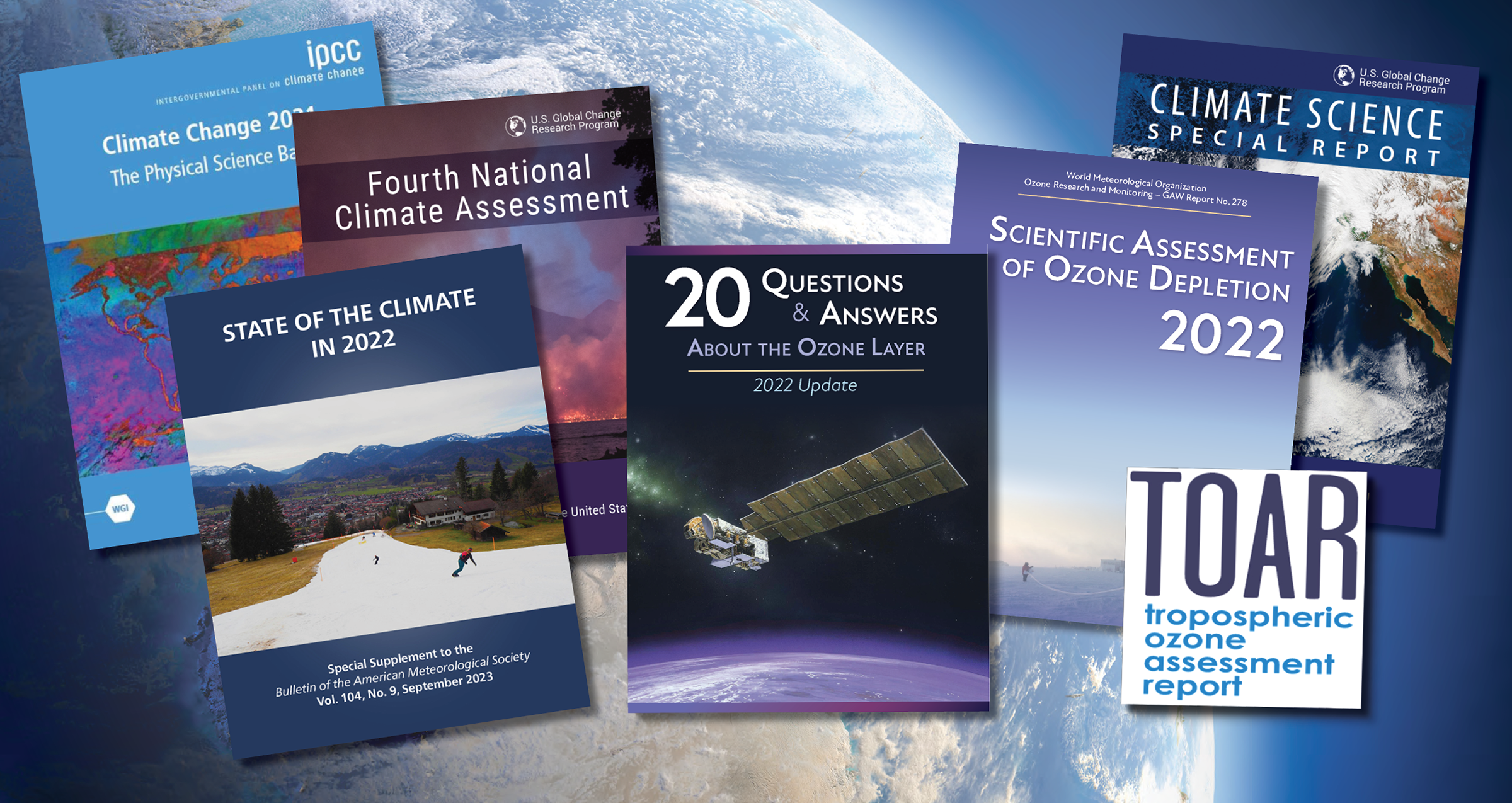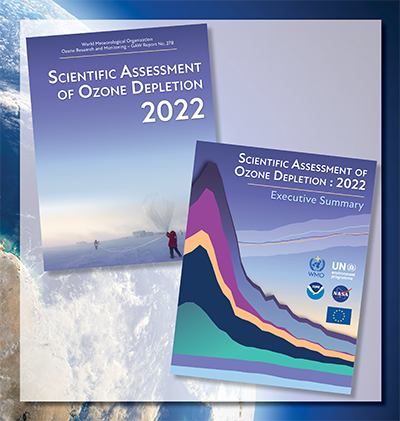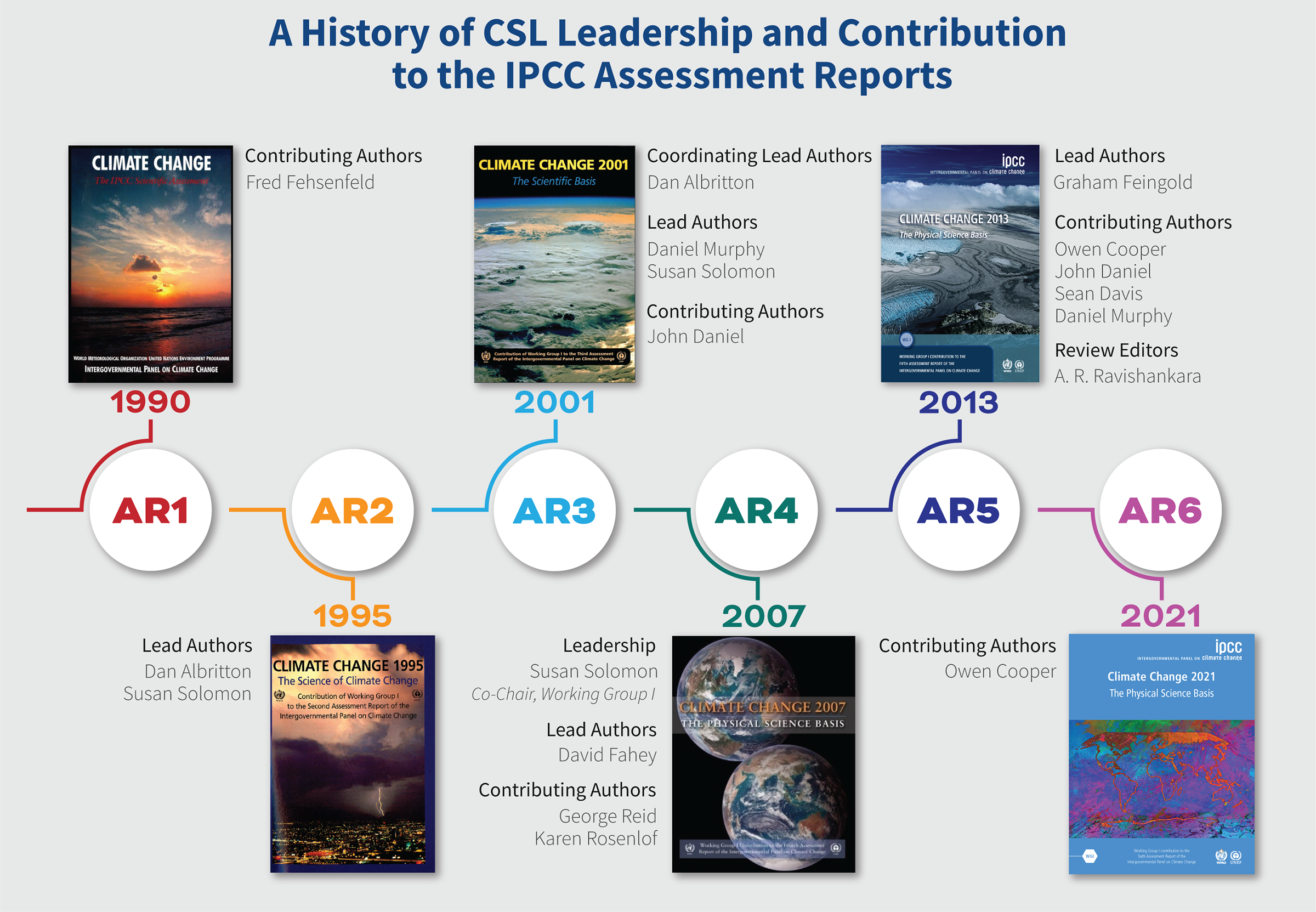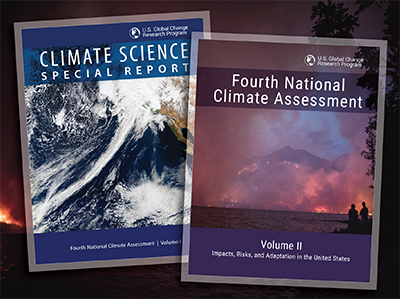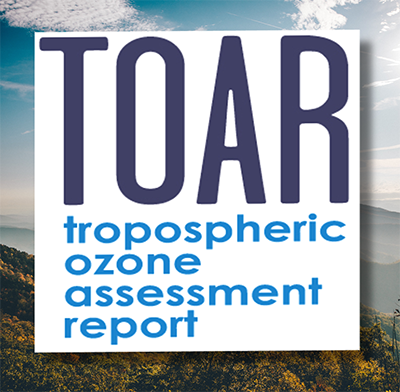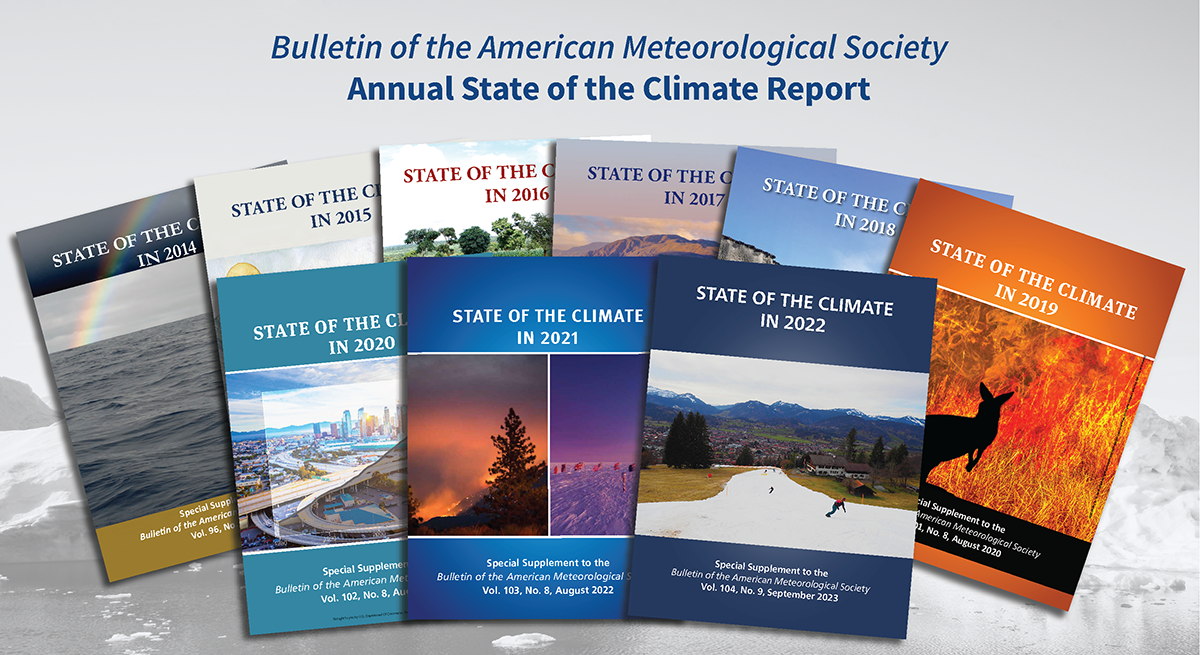Assessments
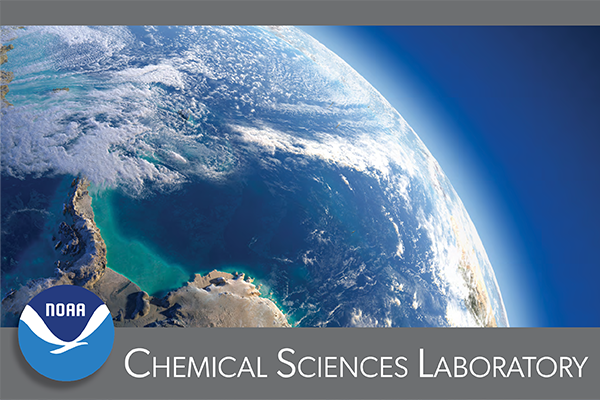
CSL has a long history of leadership and engagement in both the national and international scientific community to support atmospheric and climate research and to communicate decision-relevant information to stakeholders, policymakers, and the public. Our scientists play extensive roles in leading, authoring, and reviewing scientific state-of-understanding assessments on climate, air quality, and the stratosphere.
Highlights of several activities for which CSL scientists play significant and ongoing roles follows.
